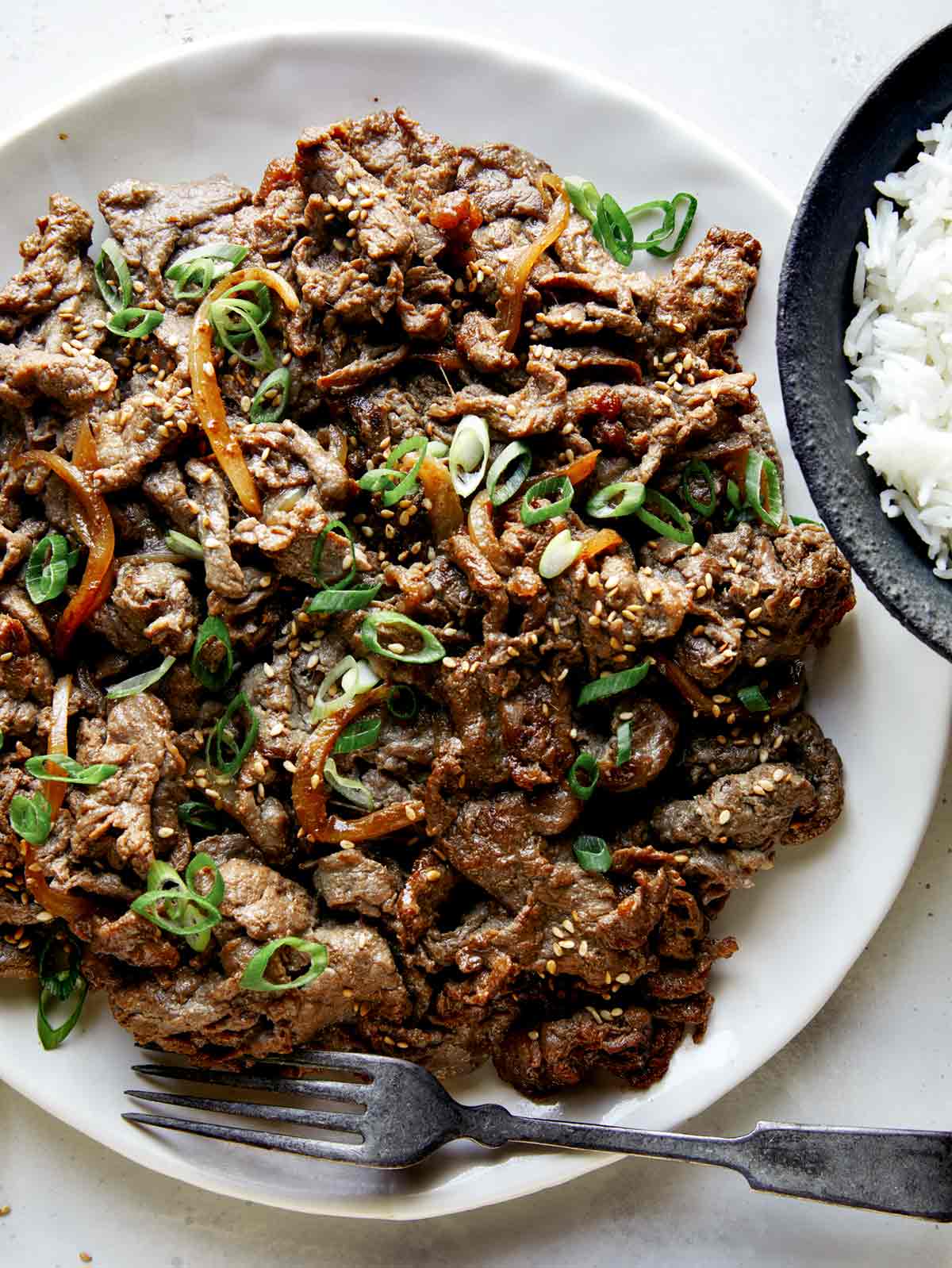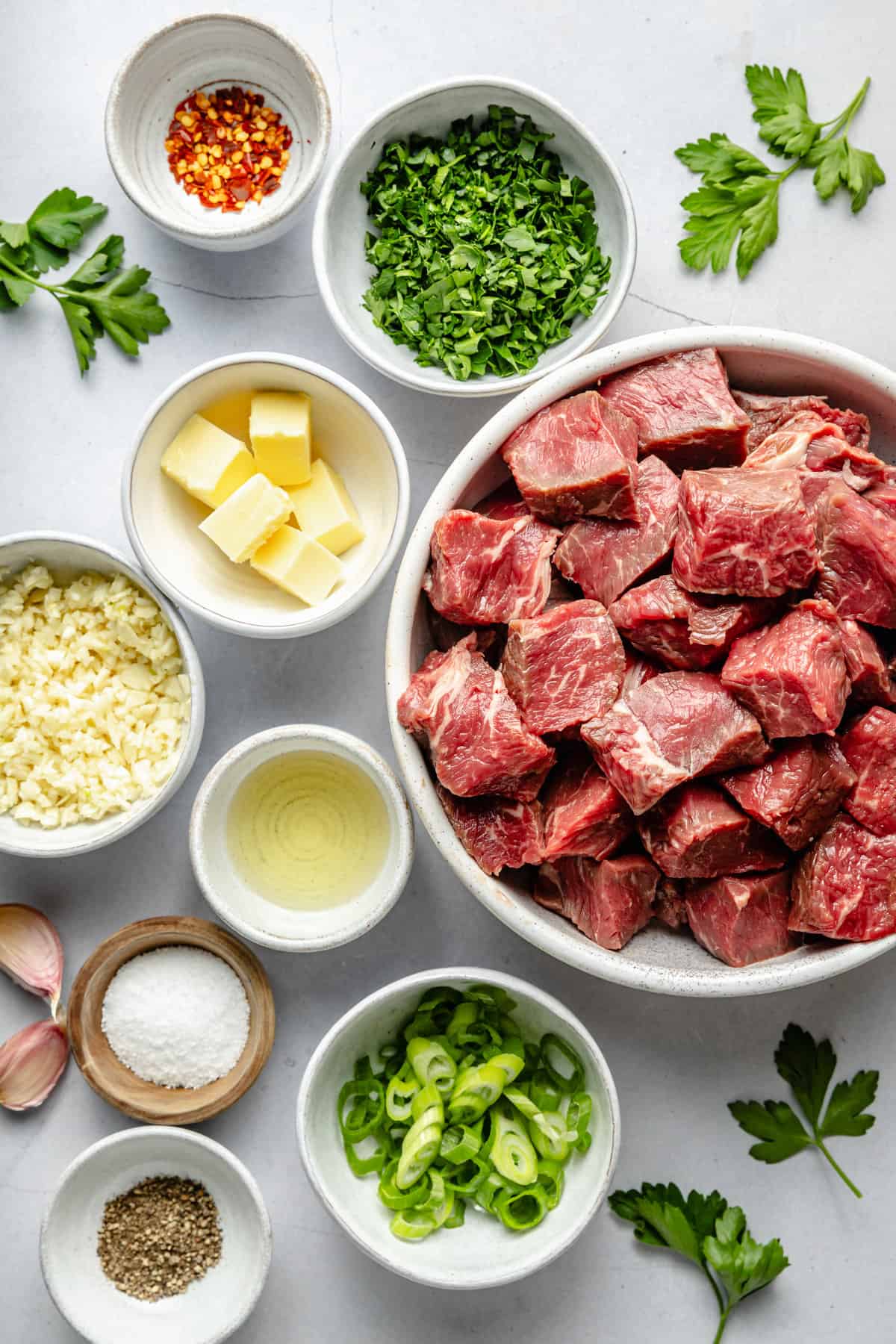Sourcing Sustainable and Fairly Elevated Meat for Your Home
From Farm to Table: Fresh and Costs Meat Choices
The journey of meat from ranch to table encapsulates a complicated interplay of top quality, values, and sustainability. With a raising focus on fresh and premium choices, customers are now a lot more inclined to take into consideration the beginnings of their food, bring about a renewed focus on sustainable farming practices and pet well-being standards. This change not just boosts the dietary account of meat yet also supports neighborhood economic climates. However, the implications of these choices prolong far past personal wellness and local farming. What does this mean for the future of food systems and customer behaviors?
Recognizing Meat Sourcing
As consumers end up being progressively familiar with the beginnings of their food, recognizing meat sourcing has gotten critical importance. Meat sourcing includes mapping the journey of meat from ranch to table, including different elements such as farming methods, pet well-being, and environmental effect. This recognition empowers consumers to make enlightened selections that align with their values, specifically concerning sustainability and honest factors to consider.
The sourcing of meat can differ considerably based upon numerous criteria, consisting of the kind of livestock, farming techniques, and geographical area. Grass-fed beef usually comes from pasture-based systems that promote animal welfare and minimize ecological destruction. Alternatively, standard meat might entail extensive farming techniques that elevate concerns concerning antibiotic use and environment destruction.
Furthermore, traceability plays a crucial function in meat sourcing. Understanding the certain farm or region where the meat comes from assists consumers make certain quality and security. Several consumers currently look for qualifications or tags that indicate humane treatment and lasting techniques, showing a growing demand for openness in the food supply chain. Inevitably, understanding meat sourcing not just improves consumer choice however likewise fosters responsible intake and supports moral farming practices.
Benefits of Fresh Meat
Picking fresh meat uses various benefits that prolong past flavor and appearance. Fresh meat normally keeps greater nutritional worth compared to its icy or processed equivalents. It is typically richer in essential nutrients, such as B vitamins, iron, and zinc, which are vital for keeping total wellness.
Furthermore, the sourcing of fresh meat often includes much shorter supply chains, minimizing the time in between farm and table. This suggests that the meat is less likely to shed its dietary integrity throughout transport and storage. Furthermore, customers can experience enhanced taste and juiciness, which can boost culinary experiences.
Fresh meat likewise gives an opportunity for consumers to support regional farmers and advertise sustainable agricultural techniques. When purchasing from regional resources, individuals can add to their regional economy and foster a higher connection to the food they eat.
Finally, fresh meat is normally complimentary from the preservatives and additives typically found in processed choices. This makes it a cleaner, much healthier choice for those seeking to lessen their intake of synthetic ingredients. Overall, the advantages of selecting fresh meat include health, preference, and a feeling of neighborhood engagement.
Pet Well-being Specifications
Making certain high pet welfare criteria is crucial for both moral considerations and the quality of meat items. The treatment of animals straight influences not just the honest implications of meat manufacturing however also the total high quality and safety of completion products. Pets raised in gentle conditions are much less stressed out, leading to much healthier animals and, consequently, remarkable meat high quality.
Rules and accreditations worrying animal well-being have come to be increasingly substantial in the meat industry. These structures ensure pets are offered with appropriate area, appropriate nourishment, and humane handling throughout their lives. Practices such as pasture-raised systems and free-range settings add to far better pet welfare by permitting pets to show natural behaviors, which is critical for their wellness.
In addition, consumers are ending up being more discerning pertaining to the sources of their meat, bring about a growing need for items that abide by strict pet well-being standards. This shift not only advertises moral farming practices but likewise encourages producers to embrace measures that enhance the health and wellness and well-being of their pets. Meat. Inevitably, focusing on animal welfare is not just a moral imperative; it is likewise a path to generating premium-quality meat that meets consumer expectations

Lasting Farming Practices
Lasting farming techniques play a vital role in improving both pet welfare and the top quality of meat items. By executing rotational grazing, farmers can promote healthy and balanced field ecosystems, allowing animals to feed on nutrient-rich turfs while preventing overgrazing.
Additionally, sustainable farming commonly includes integrated bug monitoring and natural feed alternatives, minimizing the use of damaging chemicals. This technique not just safeguards animal wellness but also results in cleaner, safer meat products for customers. Water preservation strategies, such as rain harvesting and reliable watering systems, additionally contribute to sustainable practices, guaranteeing that resources are used judiciously.
Additionally, cultivating biodiversity with polyculture systems and protecting habitats for wildlife enhances the strength of farming ecological communities. By focusing on these sustainable methods, farmers can produce high-quality meat that fulfills customer demand while promoting eco-friendly equilibrium. Eventually, accepting sustainable farming techniques is necessary for producing a more liable and durable food system that benefits pets, farmers, and customers alike.
Picking Top Quality Over Amount
Frequently, visit our website consumers are faced with the problem of picking in between quantity and top quality when it pertains to meat products. While acquiring bigger amounts may appear economically useful, the long-lasting benefits of picking top quality meat far exceed the immediate financial savings. Quality meat Check Out Your URL is typically sourced from pets increased in lasting atmospheres, where they are offered appropriate nourishment and care, bring about exceptional taste and nutritional value.
High-grade meats are generally without unsafe ingredients, hormones, and prescription antibiotics that are often existing in mass-produced alternatives (Meat). This not only makes sure a healthier dining experience yet also supports moral farming methods that focus on pet welfare. Furthermore, costs meats tend to have a much better appearance and taste, enhancing the general cooking experience
Buying quality meat motivates customers to value smaller portions, enabling for an extra conscious strategy to consuming. This change not just affects individual health positively yet also advertises sustainable usage patterns that can profit the environment. In conclusion, focusing on quality over amount when selecting meat items promotes a more accountable and health-conscious way of living, inevitably improving both the dining experience and the world.
Final Thought
